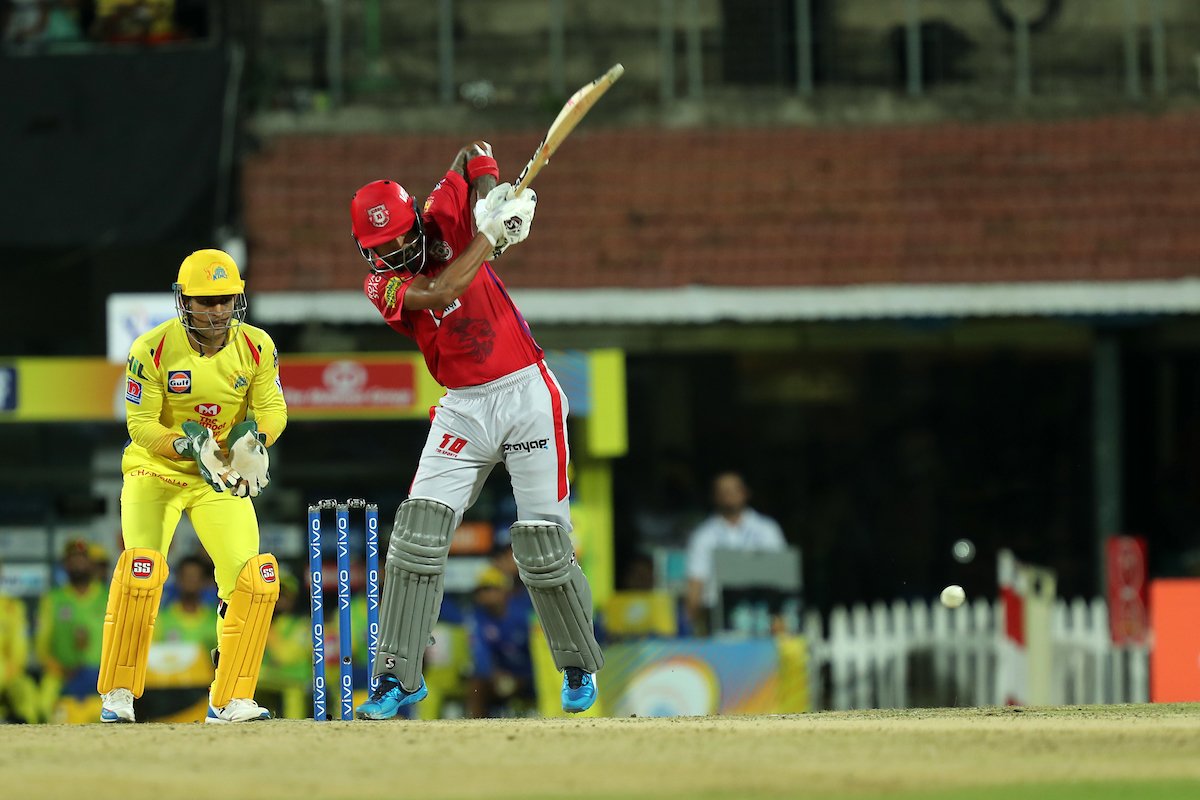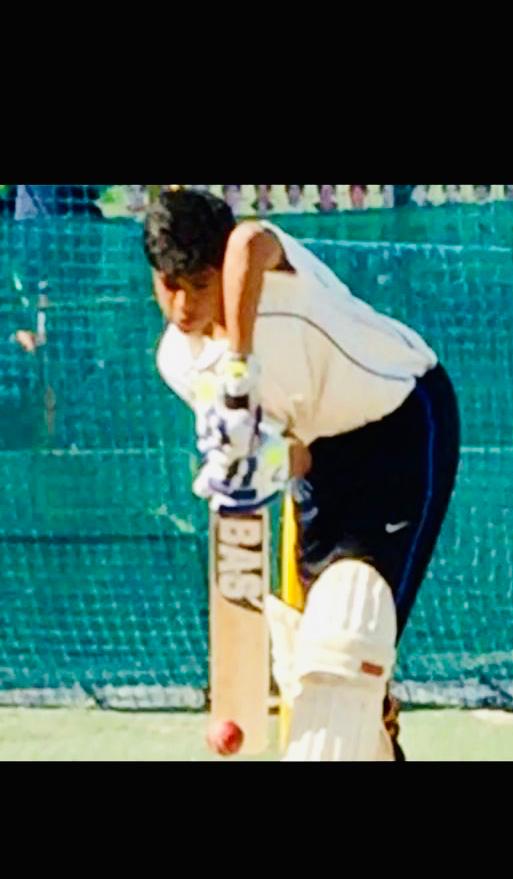A strategy to multi-dimensional success in T20 Cricket
T20 cricket, being a fast-paced format, has garnered a great deal of interest from almost everyone and the growth of this format have also led to the formation of international and domestic teams with an increased amount of focus in strategies, coaches, analysts and dissections of abilities.

To formulate a potentially winning strategy, a complete understanding of skill sets in the fields of batting, bowling, fielding and captaincy is required. The data present in this research paper pertains to T20 cricket in the international, domestic and a franchise level with the players having played at least 75 overs that gives the story a certain sense of fairness.
Batting strategies are a pivotal aspect of a successful T20 team. There has to be optimization in all phases of the innings to put up a total that is more than a par score. During the powerplay overs (1 - 6), the two obvious things to be considered are : Strike Rate + Average where players of high strike rate are needed to hit boundaries while maintaining a good tempo with a tendency of not being out after a few good shots like Luke Ronchi, Jos Buttler & KL Rahul; High Boundary percentage which is crucial if a player is to be considered for powerplay batting like Sunil Narine & Chris Gayle.
During the middle overs (7 - 15), the main qualities required are : Ability to play spin as an above-average number of spinners have bowled in this phase - players with a good combination of strike rate and average against spin are needed like Chris Gayle & AB de Villiers; Low dot-ball percentage where batsmen do not get stuck and waste balls which leads to pressure on the remaining batsmen - players who can rotate strike are required like Babar Azam, Luke Wright & KL Rahul.
During the death overs (16 – 20), the only things required are : High Strike Rate batsmen who can score at a brisk pace like AB de Villiers, Andre Russel, Glenn Maxwell & Virat Kohli; Balls per Boundary where the frequency of boundaries in this phase can make all the difference between a win or a loss so players to be noted are Andre Russell, Glenn Maxwell & AB de Villiers.
Bowling strategies are pivotal to win tournaments according to a popular and proven belief. Most T20 tournaments have been won by teams that had a strong bowling attack who were able to restrict the opposition to sub-par totals. During the powerplay overs, the key points to be assessed are : High Bowling Strike Rate where bowlers can make inroads early in the innings - either by swinging or spinning the new ball - like Imran Tahir & Clint McKay; Low Economy where bowlers to be considered are Sunil Narine & Mohammad Amir who can build pressure by starving the batsmen of runs and induce a false short from them.
During the middle overs, the only aspect required is the spinner who can be miserly with runs and also take wickets - a spinner who can spin both ways and hence cannot be manoeuvred where the parameters are : Strike Rate which is the best way to assess a middle-overs spinner. So the bowlers at the top of the list are Rashid Khan, Imran Tahir & Ajantha Mendis; Dot Ball percentage where bowlers like Sunil Narine, Rashid Khan & Muttiah Muralitharan can push the batsmen to take an unnecessary risk leading to a chance of break-through for the spinners.
During the death overs, the metrics required are : Balls per Boundary where teams should prioritize bowlers like Sunil Narine, Saeed Ajmal & Johan Botha who get hit for boundaries less in the crucial phase which is significantly more important than wickets in these last overs; Economy Rate as bowlers like Sunil Narine, Saeed Ajmal & Tymal Mills with a low rate in this phase can stop the exponential growth in the run-rate and are worth gold to the team.
Fielding strategies are a must for any good T20 team and these qualities often tend to be the deciding factor between players of similar skill sets. Teams have realized that in T20, no score is big enough and no bowling attack is good enough with a sub-par fielding side. The main indicators of fielding prowess are : Catching Efficiency which measures the quality of any fielder including the wicketkeeper by looking at their catching competency and the number of catches. Some fielders of notable mention are Sean Abbott, Suryakumar Yadav & AB de Villiers; Run Out Efficiency where fielders like Denesh Ramdin, Kevon Cooper & Parthiv Patel can affect a run out at key junctures in the matches and have turned the game at these crucial points.
Captains play an invaluable role in the T20 format and can easily inspire their teams to victory with their tact and forethought in franchise or tournaments. The best measure of this is Win percentages where the captains like Asghar Afghan, Sarfaraz Ahmed & Mohammad Hafeez with higher numbers have been able to get the best out of their players.
The modern T20 game has evolved both tactically and strategically over the past 17 years and the management looking to recruit players has to consider the above mentioned important parameters in all the fields of the game. The team with better chances of a win should have players who are above average in all of their stats in most, if not all, categories. A well-put-together squad would ideally consist of 16 players in terms of a collection of specialists and not just six batsmen, two all-rounders, two wicket-keepers, and six bowlers. Forming a team with the top picks in every category would ensure a greater chance of victory than sticking to the standard team. It is only when the team implements its strategies and ensures every player playing their part to perfection, that success can be guaranteed.

Comments
Sign up or log in to your account to leave comments and reactions
0 Comments